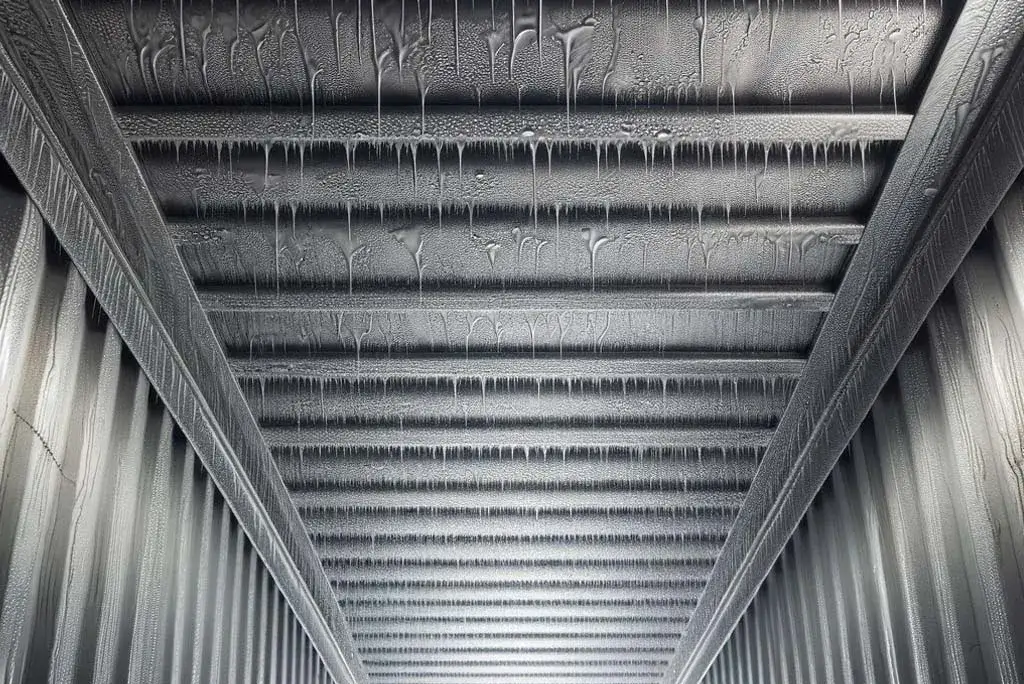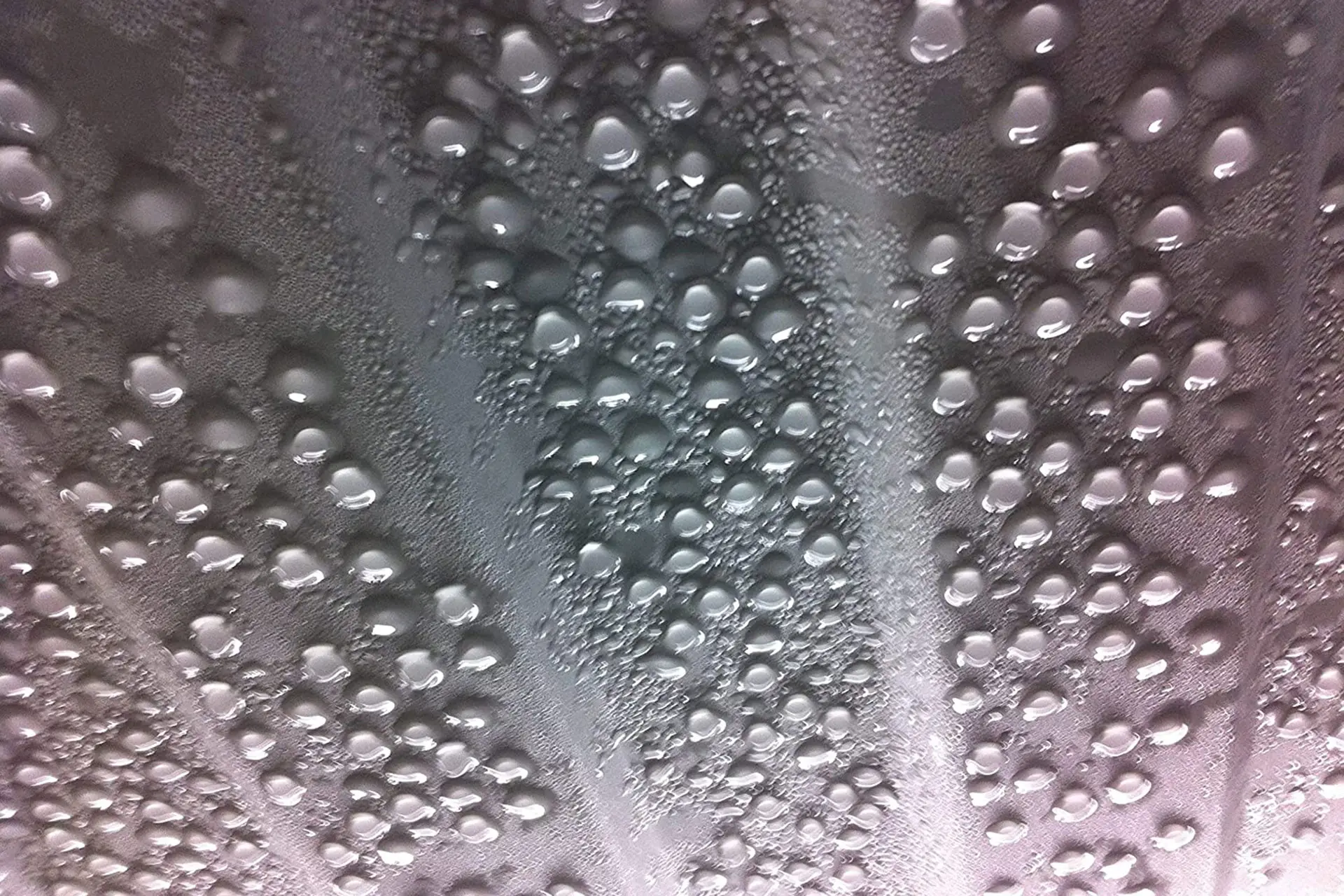Ever opened your shipping container to find your belongings dripping like a soggy biscuit?
Condensation in Shipping Containers: Condensation can turn your storage solution into a damp dilemma. But fear not! With the right strategies, you can keep your container—and its contents—dry as a bone.
Condensation, often dubbed “container rain,” occurs when warm, moist air inside a shipping container meets the cooler steel walls, leading to water droplets forming on surfaces. This moisture can wreak havoc on stored items, causing mould, mildew, and corrosion. Understanding the causes and implementing effective prevention methods is crucial for anyone relying on shipping containers for storage or transport.
Understanding Condensation in Shipping Containers
The Science Behind the Drip
Condensation transpires when humid air cools upon contacting cold surfaces, causing water vapour to revert to liquid form. In shipping containers, this typically happens when there’s a significant temperature difference between the container’s interior and exterior. Factors contributing to this include:
- Temperature Fluctuations: Rapid changes between day and night temperatures can lead to condensation forming on the cooler interior walls and ceiling.
- Humidity Levels: High moisture content in the air inside the container increases the likelihood of condensation.
- Inadequate Ventilation: Without proper airflow, moist air becomes trapped, settling on surfaces as temperatures drop.
The Perils of Ignoring Condensation
Unchecked condensation can lead to:
- Structural Damage: Persistent moisture can cause rust and corrosion, compromising the container’s integrity.
- Spoiled Goods: Items like furniture, electronics, and perishables can suffer irreversible damage from mould and mildew.
- Health Hazards: Mould growth poses significant health risks, including respiratory issues and allergies.
Effective Strategies to Prevent Condensation
1. Enhance Ventilation
Improving airflow is a cost-effective method to reduce condensation:
- Install Vents: Adding vents facilitates air circulation, balancing interior and exterior temperatures.
- Use Ventilated Pallets: Elevating goods on pallets allows air to circulate beneath, preventing moisture accumulation.
2. Apply Anti-Condensation Coatings
Specialised coatings can absorb and release moisture:
- Grafotherm: This textured coating, sprayed onto the container’s ceiling, insulates and absorbs moisture, promoting evaporation.
3. Utilise Desiccants
Desiccants absorb moisture from the air:
- Absorpole: Containing calcium chloride, these poles hang inside the container, each absorbing up to 2 litres of water.
4. Insulate the Container
Insulation helps maintain a stable internal temperature:
- Lining and Insulation: Using materials like Rockwool and plywood to line the container can eliminate condensation by preventing temperature extremes. aintenance
Keeping the container in good condition prevents moisture ingress:
- Seal Leaks: Regularly inspect and repair any gaps or holes.
- Elevate the Container: Placing the containtform prevents ground moisture from seeping in.

Case Study: Successful Condensation Prevention
A UK-based logistics company faced significant product damage due to condensation in their shipping containers. They implemented a multi-faceted ap
- Ventilation: Installed additional vents to improve airflow.
- Desiccants: Placed Absorpole desiccants in each container.
- Insulation: Applied Grafotherm coating to the ceilings.
Within months, the company reported a 90% reduction in moisture-related damages, leading to increased client satisfaction and reduced costs.
“Preventing condensation isn’t just about protecting goods; it’s about preserving trust and ensuring quality.”
Condensation in shipping containers can lead to costly damages and health risks. By understanding its causes and implementing effective prevention strategies—such as enhancing ventilation, applying anti-condensation coatings, utilising desiccants, and insulating the container—you can safeguard your belongings and maintain the container’s structural integrity.
Don’t let condensation compromise your cargo. Implement these strategies today to ensure your shipping containers remain dry and your goods protected.









